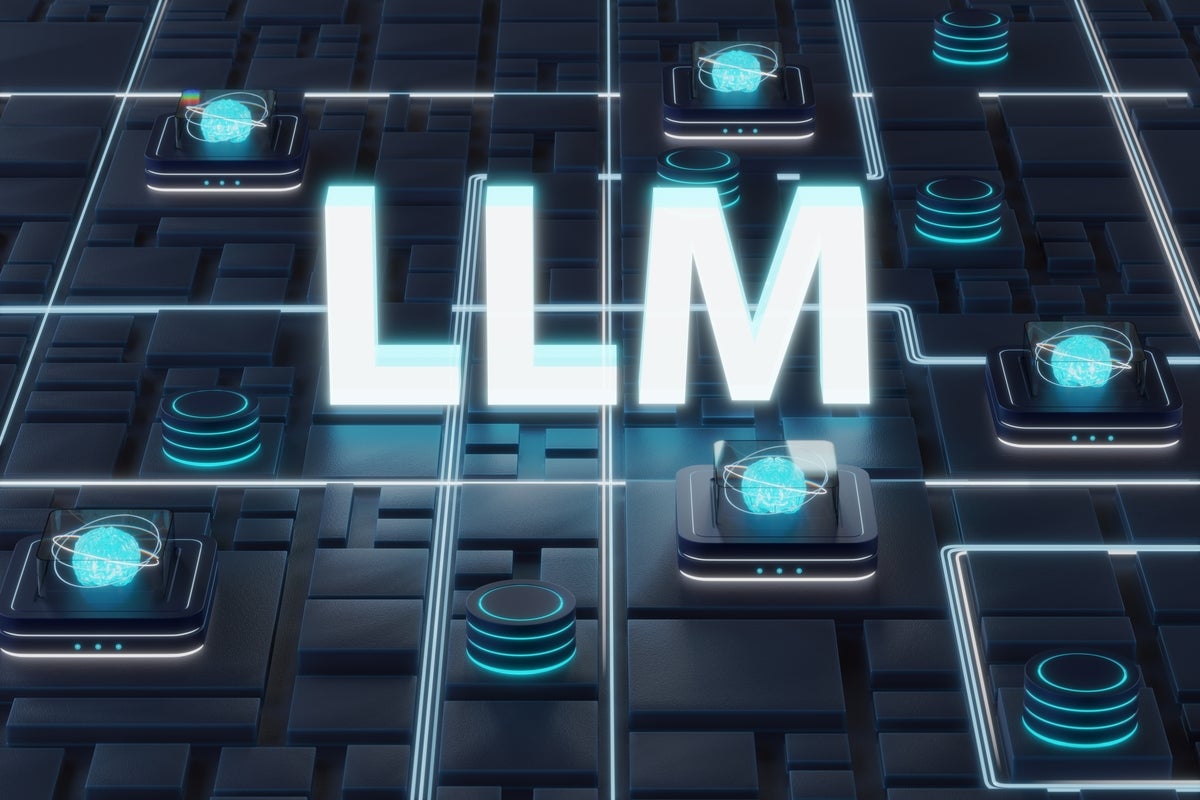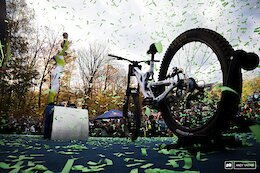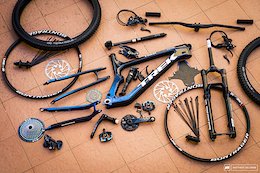As more organizations turn to generative artificial intelligence (genAI) tools to transform massive amounts of unstructured data and other assets into usable information, being able to find the most relevant content during the AI generation process is critical.
Retrieval augmented generation or “RAG” for short, is a technology that can do just that by creating a more customized genAI model that enables more accurate and specific responses to queries.
Large language models (LLMs), also called deep-learning models, are the basis of genAI technology; they’re pre-trained on vast amounts of unlabeled or unstructured data that, by the time a model is available for use, can be outdated and not specific to a task.
To read this article in full, please click here
As more organizations turn to generative artificial intelligence (genAI) tools to transform massive amounts of unstructured data and other assets into usable information, being able to find the most relevant content during the AI generation process is critical.Retrieval augmented generation or “RAG” for short, is a technology that can do just that by creating a more customized genAI model that enables more accurate and specific responses to queries.Large language models (LLMs), also called deep-learning models, are the basis of genAI technology; they’re pre-trained on vast amounts of unlabeled or unstructured data that, by the time a model is available for use, can be outdated and not specific to a task.To read this article in full, please click here Read More Computerworld
















+ There are no comments
Add yours